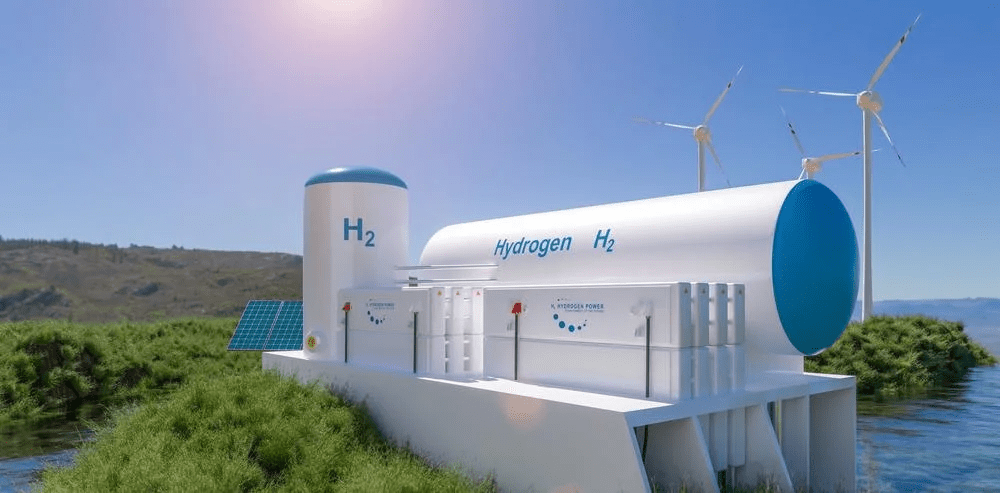CHARLESTON, W.Va. : A Houston energy transition company is planning a $2 billion investment to produce clean hydrogen with natural gas in West Virginia, a project estimated to create up to 800 permanent jobs, Gov. Jim Justice announced Wednesday.
Once it clears regulatory hurdles, Fidelis New Energy will locate its Mountaineer GigaSystem facility on 1,000 acres in Point Pleasant along the Ohio River in Mason County.
The project would be built in four phases with each one producing more than 500 metric tons of hydrogen per day. Operations are expected to begin in 2028, the governor said.
The hydrogen would power the company’s data center campus planned for the site and also be transported for other industries such as greenhouses, transportation and steel production, Justice said.
Under the company’s plan, the project would remove and annually store about 10 million metric tons of carbon dioxide emissions underground, beneath state forests, wildlife management areas and other state-owned properties.
“We’re going to move forward in a way that is absolutely environmentally sound, first and foremost,” Justice said at the state Culture Center.
Fidelis New Energy CEO Dan Shapiro said the company also plans a separate $650 million investment to use hydrogen generation technology from Akron, Ohio-based Babcock & Wilcox at the facility.
Located within the Marcellus Shale region, West Virginia is the nation’s fourth-largest natural gas producer, according to the U.S. Energy Information Administrations. Fidelis would become the state’s biggest natural gas customer.
“The geology of West Virginia is very unique and it’s served our nation for a long time very well,” Shapiro said. “The geology of West Virginia is also unique in a new way — as it can store CO2. And that is a significant differentiator for any state that has geology that can store CO2.”
Justice said the state would see more than $100 million in annual revenue when the project is fully operational.
During his two terms, the Republican governor has made job production a priority in an attempt to attract new residents and keep people from moving out of state. From 2010 to 2020, West Virginia lost a greater percentage of its residents than any other state. It’s been such a problem due to long-term declines in the coal, steel and other industries that West Virginia is now the only state with fewer residents than it had in 1950.

